| Columns Retired Columns & Blogs |
... KEF Reference 5 seems well worth it.
https://www.stereophile.com/content/kef-reference-5-loudspeaker
Or, you could go with the Reference 1 at half the price.
I used DRA Labs' MLSSA system and a calibrated DPA 4006 microphone to measure the Sonus Faber Guarneri Tradition's frequency response in the farfield, and an Earthworks QTC-40 for the nearfield responses. The Guarneri's sensitivity is specified as 87dB/2.83V/m; my estimate was close to this, at 86.1dB(B)/2.83V/m. How the Sonus Faber's impedance magnitude varies with frequency is shown by the solid trace in fig.1. Although it drops below 4 ohms between 160 and 340Hz, with a minimum value of 3.6 ohms at 125Hz, and there is a combination of 4.5 ohms and –38° electrical phase angle at 140Hz, the Guarneri Tradition is still a relatively easy load for the partnering amplifier to drive.
There is a slight discontinuity just above 300Hz in the fig.1 traces; when I examined the enclosure's vibrational behavior with a plastic-tape accelerometer, I did find a fairly strong mode at 323Hz on the sidewalls a few inches behind the front baffle (fig.2). It was also present, at a lower level, on the top panel, but the affected areas were fairly small, and in my listening I noticed nothing amiss in the speaker's midrange that could correlate with this measured behavior.
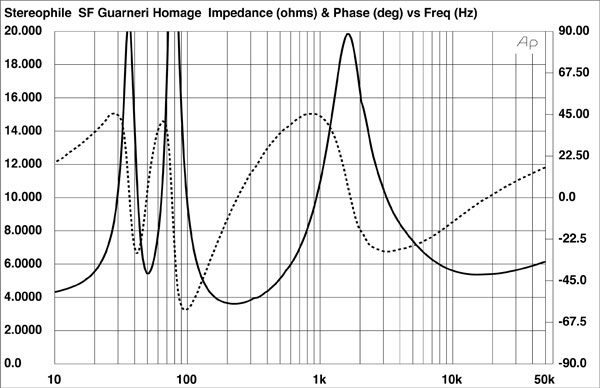
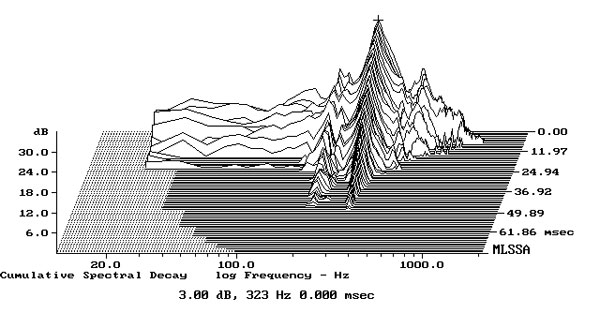
The impedance traces suggest that the port on the speaker's rear panel is tuned to 50Hz, and the woofer's output, measured in the nearfield (fig.3, blue trace), does have its minimum-motion notch at that frequency. (This is the frequency at which the woofer cone is held stationary by the back pressure from the port resonance.) The port's output (red trace) peaks sharply between 35 and 70Hz, rolling off above that region. Though a couple of midrange peaks can be seen in its response, these are well down in level.
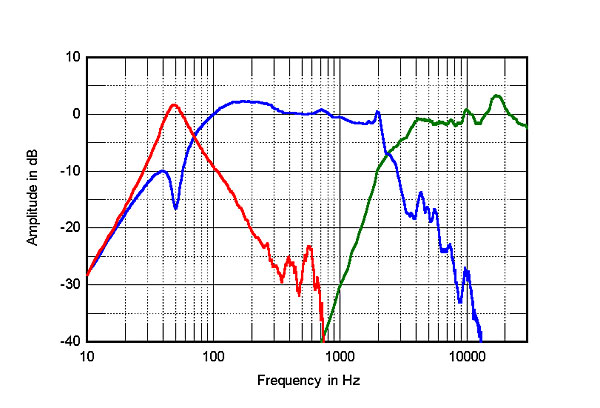
Higher in frequency in fig.3, the woofer rolls off rapidly above 2kHz, and is crossed over to the tweeter at 2.5kHz with what appear to be third-order filter slopes. In its output, however, is a small but well-defined peak at 2kHz. The tweeter's response (green trace) is relatively flat within its passband. The trace above 300Hz in fig.4 shows how these individual outputs sum in the farfield, averaged across a 30° horizontal window centered on the tweeter axis. The response is relatively even, but the peak at 2kHz can be seen; and at the other end of the spectrum, the low frequencies roll off quickly below 45Hz.
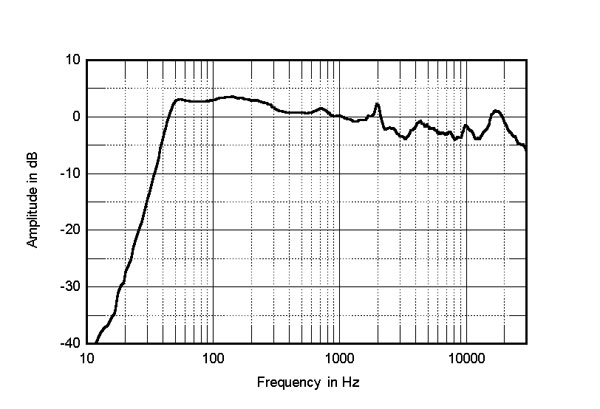
Fig.5 shows the Guarneri Tradition's horizontal radiation pattern normalized to the tweeter-axis response, which therefore appears as a straight horizontal line. The speaker's output in the 2kHz region falls off, which will work against the audibility of that peak in the on-axis output, while the tweeter actually has slightly greater output to its sides in the mid-treble than it does on axis. The tweeter does become quite directional above 12kHz, however. In the vertical plane (fig.6), suckouts develop in the crossover region more than 5° above and 10° below the tweeter axis. Don't listen to this speaker while standing, and use its dedicated stands to place the tweeter axes close to the level of your ears when seated—although, as I found with my listening chair, the stands raised the speakers slightly too high.
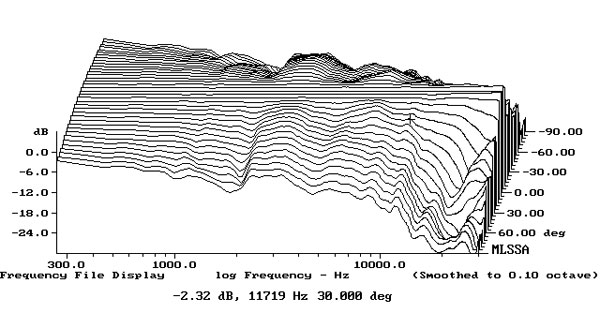
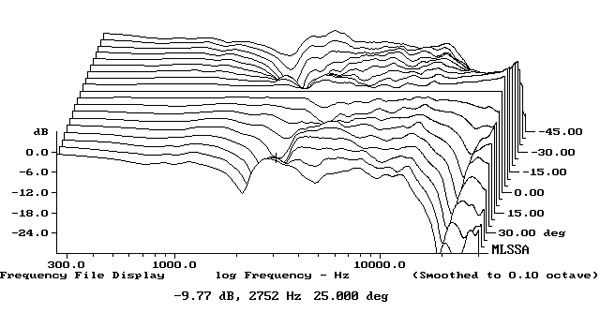
The red trace in fig.7 shows the Sonus Faber's spatially averaged response in my room, compared with that of the similarly priced TAD ME1 speakers reviewed elsewhere in this issue (blue trace, footnote 1). The two speakers' responses look superficially similar, but you can see that the three-way TAD produces a bit more midbass energy, the Sonus Faber a little more upper-bass and lower-midrange energy. The Guarneri Homage also has a more elevated top-octave response, and while that 2kHz peak in its on-axis output is still visible, it's mild in level. Incidentally, above 500Hz, where the room acoustics will have much less effect than below that frequency, the two speakers didn't match as closely as I have found with some other models, there being up to 2dB difference in their outputs at some treble frequencies.
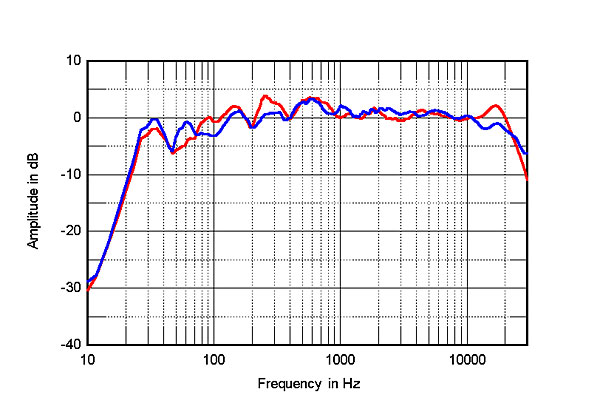
In the time domain, the Sonus Faber's step response on the tweeter axis (fig.8) indicates that both drive-units are connected in positive acoustic polarity. This graph suggests that the best integration of the drive-unit outputs occurs just below the tweeter axis. The slight ripples in the decay of the woofer's step give rise to a significant ridge of delayed energy at 2kHz in the Guarneri's cumulative spectral-decay plot (fig.9). This may be due to a cone-surround termination problem at this frequency, and it appears to be of high Q, which will work against its audibility. The plot is otherwise very clean.
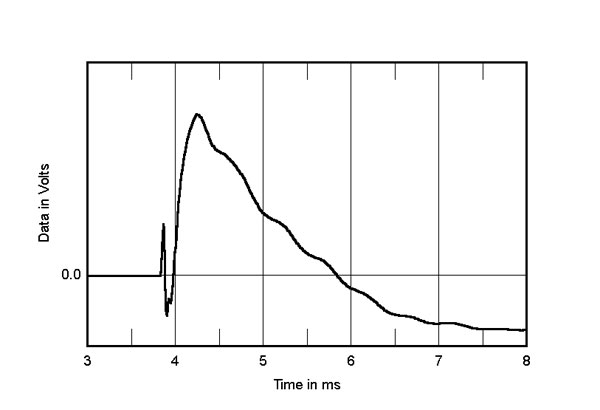
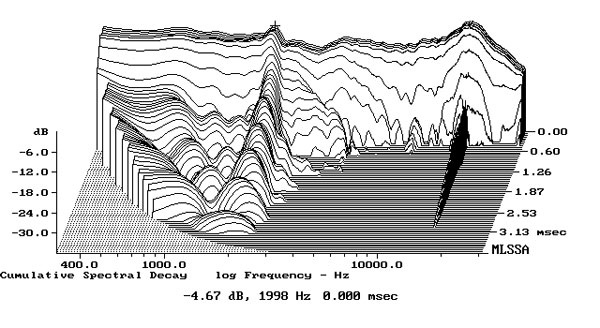
There's a lot to admire in the Sonus Faber Guarneri Tradition's measured performance, but I was bothered by that small peak at 2kHz.—John Atkinson

... KEF Reference 5 seems well worth it.
https://www.stereophile.com/content/kef-reference-5-loudspeaker
Or, you could go with the Reference 1 at half the price.

The KEF house sound is not as warm as SF's. At least from what I remember from an audition of LS50s. But much much pricier...

And I would venture to suggest they got the ideas for the metal/leather/two contrasting woods from the inside of a mid-range Mercedes :-)

This audio jewelry that measures like Q-Acoustics (in every area!) has moved beyond cliche years ago. This goes for the big names too >>---> MTM's with passive subs underneath with price tags that do nothing but serve to make the buyers look uninformed. And a publication that looks as if it speaks for science yet only speaks for those that think spending more equals getting something that is actually better.
The reality is, the majority of "high-end audio" has been made obsolete (performance wise) years ago. To substantiate what I am saying, take for example the speakers that Michael Fremer uses now. They are nothing more than MTM's (Midwoofer, Tweeter, Midwoofer) with large, passive subs underneath. Compare these measurement wise to a pair of Q-Acoustics 3050's at ~$1000 pair and high-pass them to a 2 pairs of SVS subs at $4k a pair total price ~$5000. Regarding bandwidth, frequency response, distortion and ultimate loudness the Q-Acoustics/SVS system will equal if not surpass the performance of the aforementioned system. As a result, I see no reason why blind listening involving a lay audience would only confirm it.
And if that fails, lets kick it up a notch. Replace the Q-Acoustics with a pair of Troels Gravesen designed, and actively high passed, SB acoustics Satori MTM's for the same total price (the drivers where designed by the same Engineering Team that designed the Scanspeak drivers that Wilson uses for Christ sakes).
Then play fare.
"To the simple, everything appears simple"
P.S. I'm aware of the many factors involved regarding sound quality and loudspeaker design and their SQ is not limited to distortion and frequency response. Indeed, diffraction, acoustic phase, spectral decay and box panel resonance constitute what are important roles in the end game and the above designs listed perform as good any in these areas.

There are great monitors around for half that can compete with these beauties, The Focal Diablo comes to mind, gorgeous construction and great sounding speakers. Ortofan above is right, same money buys you full sized speakers that will go deeper. Still love monitors and these are beauts to consider if I had the coin.

I believe you mean the Focal Sopra 1. The Sopra 1 is about half the price of the SF Guarneri. The Diablo Utopia is in between both the Sopra and SFG in price.

But was thinking in terms British Pounds hence my mistaken comment on half price. You are correct the Diablo Utopia's are closer in USD to the Sonus Faber's. A better comparison would have been Totem's Mani-2 which for the price are stellar speakers and I think might even be less than half. I can even mention the DeVore monitors that I have heard and liked, don't know their name or price.

My first experience of Sonus Faber involved a mesmerizing audition of the Electa Amator II back in 1990/1991. Have always respected Sonus Faber since.
I wonder though, how much better can the Guaneri Tradition be at double the price of my Pulsars? The Pulsars are six years old, and they remain utterly captivating. To my eyes they also look just as good, and I never feel deprived listening to them.
To each according to her taste, I suppose. Interesting that at "$15,900/pair, including stands," the Guarneri Tradition is priced similarly to the Wilson Audio Sabrina. I've heard the Sabrina and it is a truly remarkable loudspeaker, also beautifully made and would occupy much the same floor space as the Guaneri.
My best wishes and sympathies to those trying to sort through such comparisons and tradeoffs. I'm so grateful that the Pulsars helped me to exit the upgrade merry-go-round.

Love the Joseph Audio monitors as well, heard them many times and always impressed. Jeff Joseph is a great guy too.

... Is available, just not on Tidal (presumably due to licensing issues), since they cover the entire "Waiting For Columbus" album as the second set of a three-set show... Here's a link for those interested, and I urge you to listen... I'm a fan of the original, but I was at this show, and it was a special performance. http://www.livephish.com/browse/music/0,575/Phish-mp3-flac-download-10-31-2010-Boardwalk-Hall-Atlantic-City-NJ

I'm surprised John did not mention another Stereophile review of a Sonus Faber stand-mounted, two-way speaker, the Concerto:
http://www.technologyfactory.com/reviews/SonusFaber/concerto_stereophile.pdf
The Concerto was definitely more affordable and put a Sonus Faber speaker in the range of those of us whose budgets have more real world limits. Thanks to that review --and others, I recall another rave in Jazz Times -- I purchased those speakers and their stands. They remain my primary speakers today and I have never regretted the purchase.

As mentioned by JA, I find the delayed energy @ 2KHz, as revealed by the waterfall plot, as a not very nice feature.
A speaker at this price point should not have design errors like this.

Seductive by all accounts, but I'd note in passing that here is yet another pair of speakers being tested a full six feet out into the room for best SQ. Designers are living in a different world from most of us.